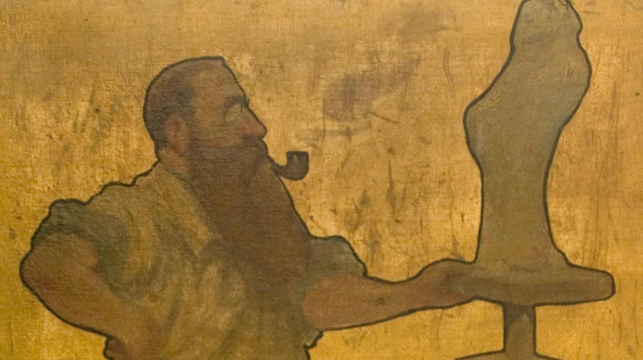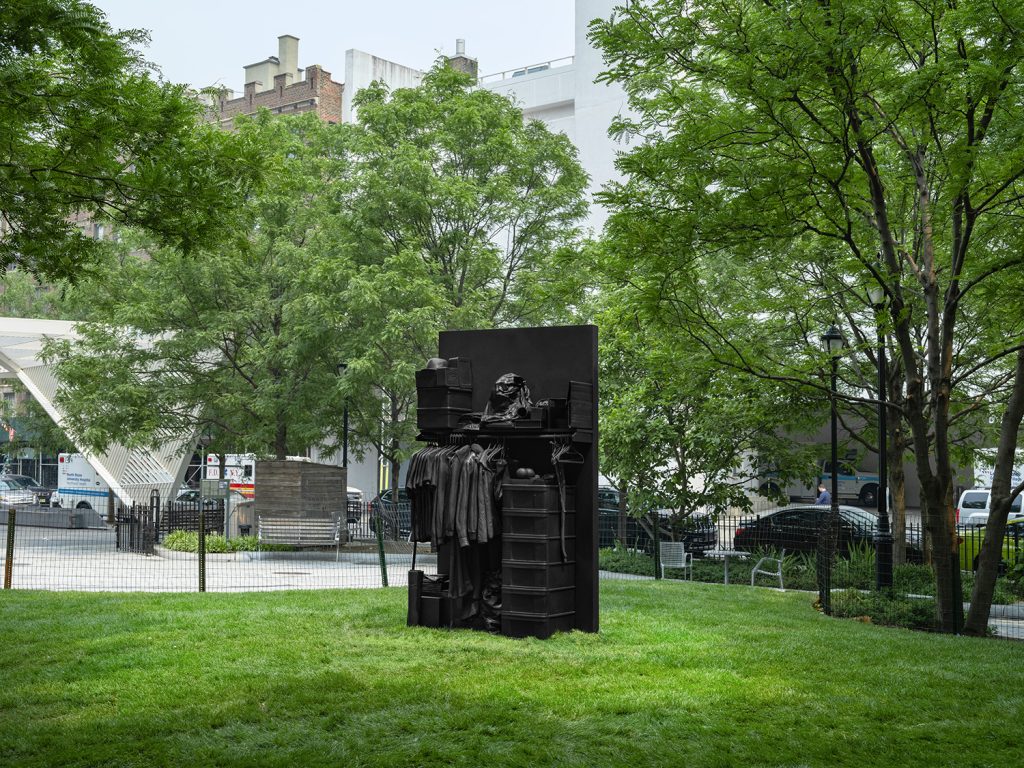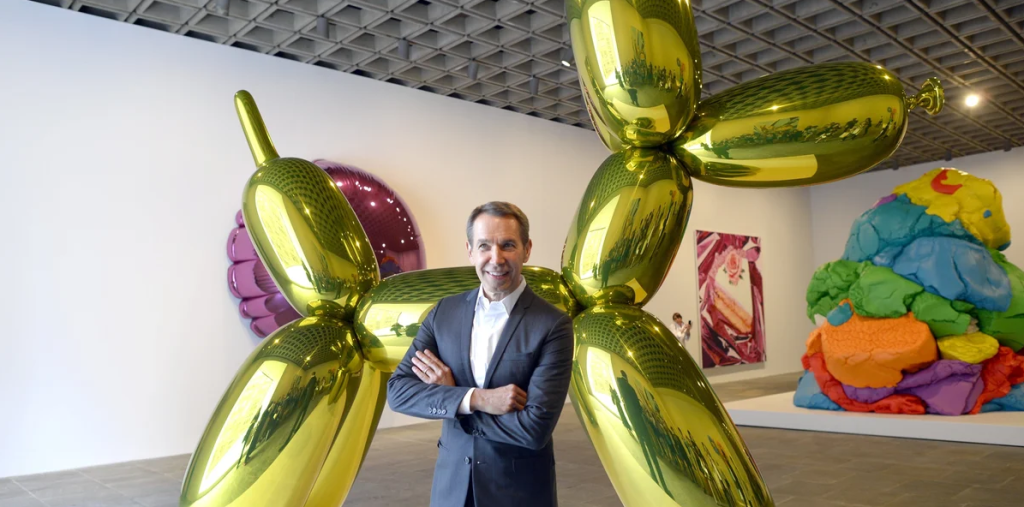Auguste Rodin is famous for his sculptures, especially works such as The Thinker and The Gates of Hell, which are regarded as the founding works of modern sculpture. But many people don’t know that this master sculptor actually also dabbled in painting. Although his paintings are far less numerous than his sculptures, they show his deep insight into the human body, emotions and movements. This article will explore Rodin’s painting art from the following aspects.
Painting as an auxiliary tool for sculpture
Most of Rodin’s paintings are not for independent presentation, but as sketches before sculpture creation. He often uses charcoal, pencil, watercolor and ink to draw human postures, facial expressions and dynamic exercises. Through these sketches and watercolor drafts, Rodin can capture the model’s sense of movement in space and provide intuitive references for subsequent sculptures.
Watercolor and human body research
In his later years, Rodin developed a stronger interest in watercolor painting, especially in depicting female nudes. His watercolors have free lines and simple brushstrokes. He often outlines the body with a few strokes, and the background is almost blank, highlighting the figure itself. These works are closer to expressing emotions and gestures rather than pursuing details and realism.
Freedom of expression and style
Rodin’s painting style is not bound by traditional academic norms. He pays more attention to dynamics and instant expression. Some works are even considered to have the shadow of Impressionism and Expressionism. The characters in his paintings are often incomplete and flawed, but it is this imperfection that reveals a primitive power and truth.
Controversy and artistic value
Because Rodin is famous as a sculptor, his paintings are often underestimated in art history and even caused controversy during his lifetime. Some critics think that his watercolors are too casual and erotic; while others think that this is a manifestation of Rodin’s personality freedom and anti-academic system. Today, with the art world’s emphasis on cross-media creation, Rodin’s paintings have regained attention and are considered an important clue to explore his creative thinking.
Collection and exhibition status
Currently, Rodin’s paintings are mainly collected in the Musée Rodin in Paris and private collections. In certain exhibitions, these watercolors and sketches are often presented as extensions of his sculptures, allowing the audience to get a glimpse into the thought process behind the master’s creations.
Conclusion
Although “Auguste Rodin Painting” is not as well-known as “Rodin Sculpture”, his paintings also show profound artistic perception and moving emotions. These lines are the spiritual touch before the sculpture, and are also another expression of the artist’s free soul.


